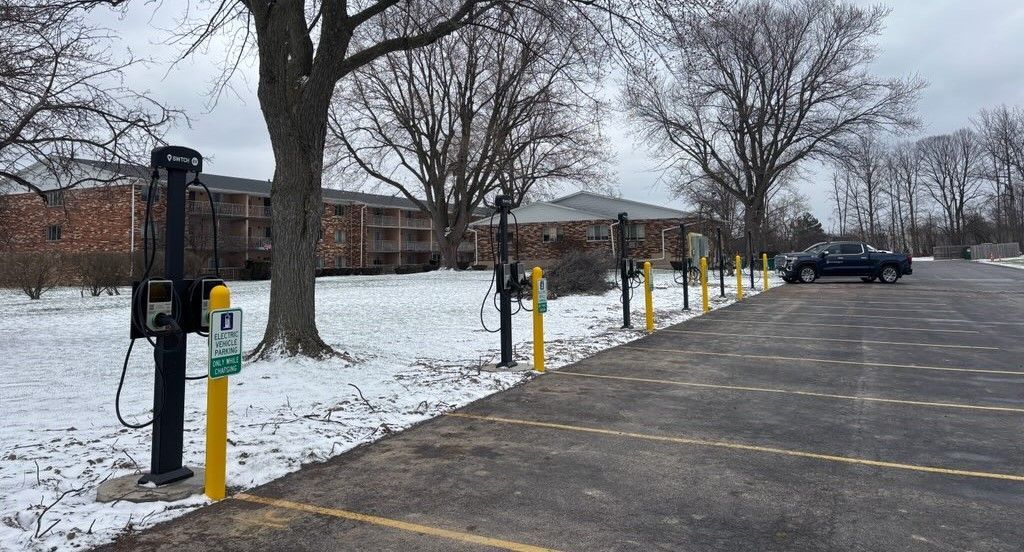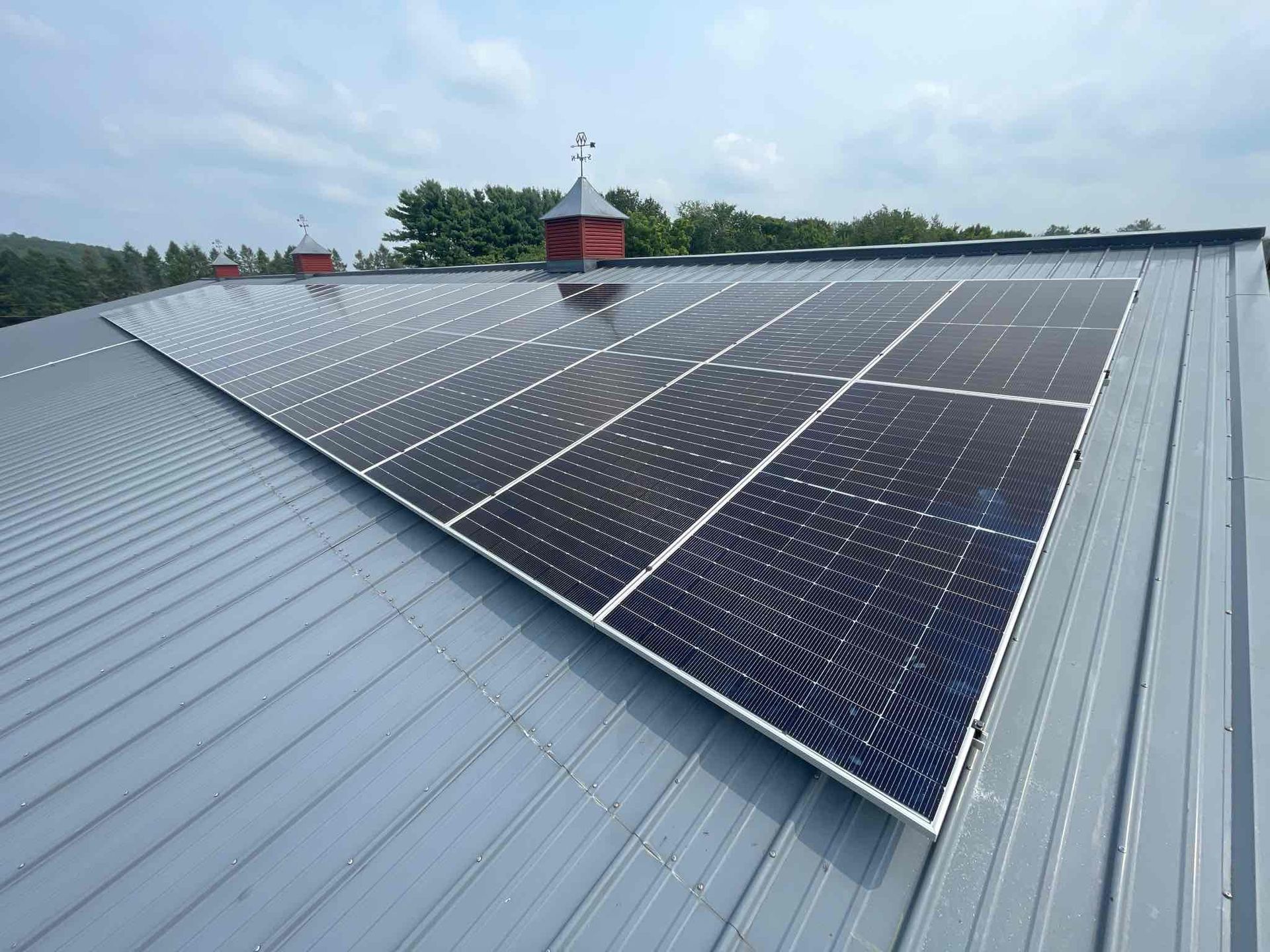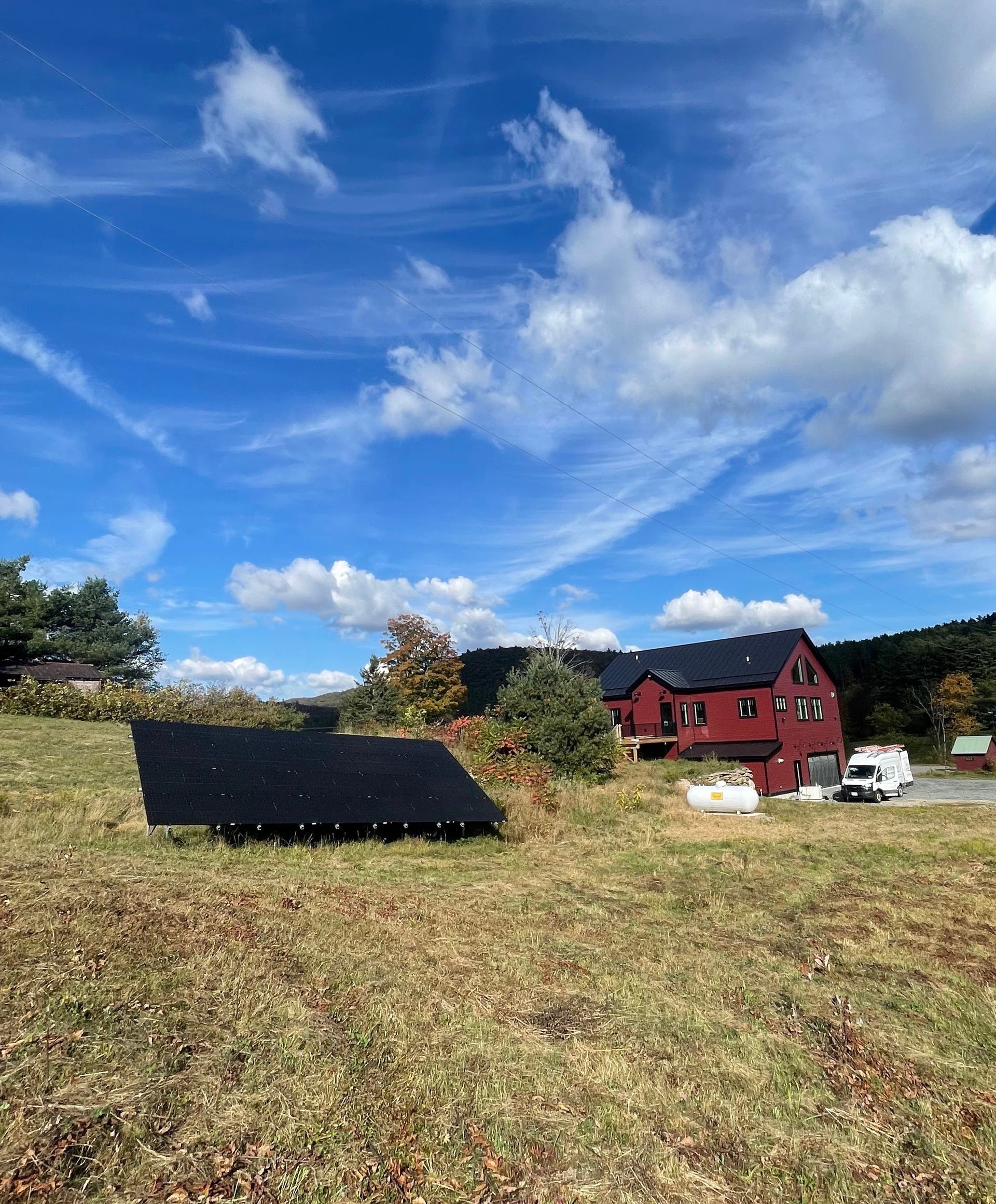Tips For an Eco Friendly Fall
Fall has officially begun! That means chilly nights, pumpkins, and beautiful changing leaves to peep at. However, just because the leaves will no longer be green doesn't mean you still can't live a green lifestyle as the temperature starts to drop. We have put together some helpful tips to keep you green in a new season.
Eco Friendly Fall Tips
- Lower Your Thermostat: Just because there is a chill in the air doesn't mean you need to crank the heat to be warm. If you set your thermostat to 68 degrees you will still be plenty warm and save money on your energy bills. Plus, you can layer up, use blankets, or grab a cuddle buddy to keep warm.
- Rotate Your Bedding: To help keep you warm in the cooler months, switch to heavier blankets and flannel sheets. A nice cozy blanket can do wonders when the temperature starts to drop. Switching to heavier blankets will help keep you warmer when you sleep at night and lower your temptation to turn up your heat.
- Use Your Slow Cooker: The slower cooker is great for the hearty meals of the fall and winter months. You can put all your ingredients in it in the morning and have a delicious meal by dinner. While your slow cooker will be on longer than your oven, it will still consume less energy to cook your meal.
- Lower Your Water Heater Temperature: Most water heaters are set at 140 degrees but can still provide the same hot water you need when set to 120 degrees. Lowering the temperature on your water heater can save you when it comes to your energy bill, as there is less energy being used to get your water heated to the higher temperature.
- Plug Leaks: Take the time before it gets too cold out to seal all your windows, doors, and any other place where air could be escaping from your home. Doing this will help you to heat your home more efficiently and keep your energy bills down since you will not have air escaping from the nooks and crannies of your home.
- Plant Bulbs: You can start prepping for your spring garden in the fall. There are a variety of bulb plants that can be put in the ground in the fall and you will see the beauty of them in the spring. Iris, tulips, and daffodils are just a few varieties that you can plant in the fall and you can look forward to their blooming in the spring.
- Start Composting: Composting is a great way to reduce your food waste and have a rich fertilizer for a garden of any size. You do not need to have a lot of space or a large garden to start composting. There are many composters that can fit on a counter top and the enriched soil is great for all plants and yards, and puts your food waste to good use.
- Go Hiking: The fall is a great time to get outside and go for a hike. The weather is cooler and you can see the beautiful leaves changing color. It also helps to keep your electric bill down by keeping you out of the house. Plus, it is a great way to soak up the sunshine before the harsh weather of winter hits.
Do you have any tips for an eco friendly fall that we missed? We would love to hear what they are! Also, if you are looking to make bigger changes in your green lifestyle you should consider going solar. To learn more about the benefits of it, reach out to us today!
*These tips were originally published in an Eco Green
and How Stuff Works.



